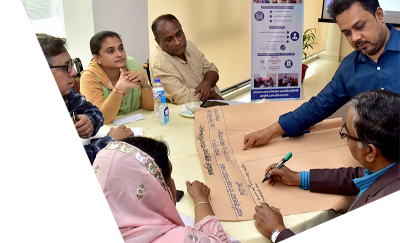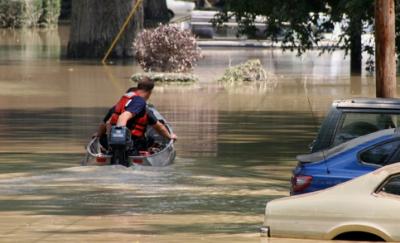Reliable Electricity: A Saving Grace for Safer Childbirth in Tanzania’s Rural Health Centers


“I am so excited that we now have power at our health center ... our work is made easy as we care for our patients. Our community, too, is extremely happy."
Dr. Grace Shaban, a young medic at a rural health center in Msongozi, Tanzania, exemplifies unwavering dedication to her work. She could have pursued opportunities elsewhere, but her passion for serving her community keeps her rooted. However, the lack of electricity at Dr. Grace’s health center posed significant difficulties, particularly when providing nighttime patient care. Darkness creates a haven for spiders and snakes, including in birthing rooms, creating additional obstacles for safe labor and delivery.
Like so many dedicated healthcare professionals in Tanzania—and across sub-Saharan Africa—Dr. Grace found ways to improvise, using the flashlight app from her mobile phone while attending to expectant mothers at night. She recalled one incident when a snake, hidden under a birthing bed in the middle of the night, disrupted the delivery procedure. Dr. Grace had to run out of the room to find help, leaving the young laboring mother in the dark—with the snake. Luckily, colleagues were available to assist and both she and the new mother were safe.


Today, Dr. Grace’s health clinic has reliable, consistent electricity thanks to new solar energy solutions from the Power Africa Health Electrification and Telecommunications Alliance (HETA). With consistent lighting powered by solar energy—thanks to HETA partners Christian Social Services Commission (CSSC), Caterpillar Inc., and Assist International—Dr. Grace and her team now operate in full light, without fear. Consistent electricity has eliminated safety risks and instilled confidence within the community they serve. Healthcare services are now available around the clock.


HETA and its partners are electrifying 24 health facilities across Tanzania (12 health centers and 12 dispensaries) in partnership with the CSSC. Abt Global leads HETA with support from founding alliance member bechtel.org, as well as Caterpillar Inc. and Assist International, and energy service provider ENSOL. Caterpillar Inc. provided support for the installation of the solar systems, amplifying USAID’s investment in this essential program to light up healthcare across the continent. To ensure continued electricity access at health facilities like Dr. Grace’s, HETA’s partners are also looking to establish sustainability via multi-year contracts for operations and maintenance (O&M), the training and capacity strengthening of end users and maintenance personnel, and the creation of a long-term O&M fund.
About HETA | The Health Electrification and Telecommunications Alliance (HETA) is a USAID Global Development Alliance and Power Africa’s flagship initiative for health facility electrification and digital connectivity in sub-Saharan Africa. Our mission is to catalyze public-private partnerships and sustainable business models that increase access to reliable, renewable energy and digital connections for 10,000 health facilities—vital improvements to support equitable access to lifesaving care across the region. Together with diverse partners from the public, private, and social sectors, HETA is making it easier and less costly to invest in the systems that power healthcare and productive uses of energy. To learn more, please contact HETA@abtglobal.com.
Read More

Health Systems Research (HSR) 2024
Abt Global is exhibiting and presenting at Health Systems Research (HSR) in Nagasaki, Japan in November 2024.

The 29th Conference of the Parties to the United Nations Framework Convention on Climate Change (COP29)
Abt will join governments, the private sector, and civil society at the 29th Conference of the Parties to the United Nations Framework Convention on Climate Change (COP29) this November to accelerate climate action.

Spotlight On: Climate Finance
Abt Global can help public-and private-sector actors take decisive action to finance equitable climate mitigation and adaptation strategies.

Nature Can Be a Solution to Climate Adaptation
Several years ago, my family took in a young man and his elderly mother after a flood destroyed their home. Eleven inches of rain had fallen in two days on tiny Painesville, Ohio, a community of 20,000 not far from Lake Erie. The Grand River had swollen to nine times its size and spilled into a row of low-income condominiums. Floodwater pushed past first-floor ceilings, in some cases rising to 17 feet.